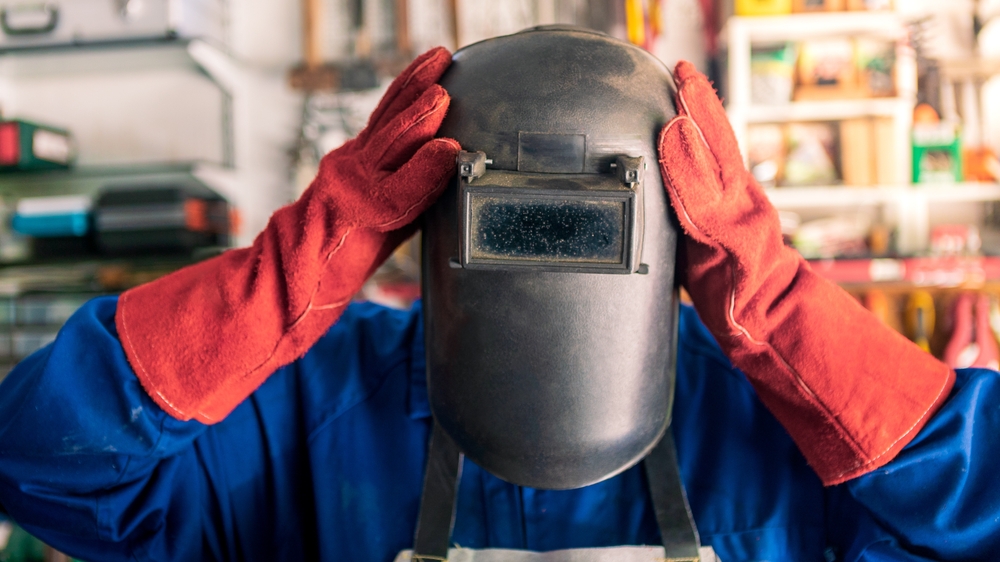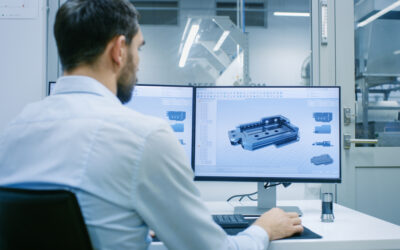Mastering The Art of Creation: A Deep Dive into Manufacturing Processes
Understanding various manufacturing processes such as casting, machining, forming, and joining techniques is important for designing products and optimizing production methods.
In the tempestuous sea of product development and manufacturing, knowing your navigation tools is paramount. As an engineer, understanding various manufacturing processes such as casting, machining, forming, and joining techniques is not only a must-have skill but also a craftsman’s mark. This comprehensive guide will serve as your beacon, shedding light on the myriad of manufacturing processes that are the building blocks of the products we use daily.
Casting: Giving Shape to Ideas
A. What is Casting?
Casting involves pouring liquid material into a mold, which contains a hollow cavity of the desired shape, and then allowing it to solidify. The solidified part, known as a casting, is then ejected or broken out of the mold.
B. Types of Casting Processes
1. Sand Casting: Uses sand as the mold material; it’s versatile and cost-effective for small to medium production runs.
2. Die Casting: Utilizes metal molds for high-volume production, offering higher dimensional accuracy.
3. Investment Casting: Known for high precision, it involves creating a wax model, which is coated with refractory material to create the mold.
C. Application
Casting is widely used for making complex shapes, particularly when using materials that are difficult to machine, such as metals and alloys.
Machining: Carving Perfection
A. What is Machining?
Machining is a subtractive manufacturing process where material is removed from a workpiece using cutting tools to create the desired shape.
B. Common Machining Operations
1. Turning: The workpiece rotates while the cutting tool moves linearly to remove material.
2. Milling: The cutting tool rotates and moves through the stationary workpiece.
3. Drilling: Used to create holes in a workpiece using a rotating cutting tool.
C. Precision and Tolerances
Machining processes can achieve high levels of precision and are essential for parts that require tight tolerances.
Forming: Crafting Through Deformation
A. What is Forming?
Forming involves deforming material into the desired shape without removing material. The deformation is achieved through the application of force.
B. Types of Forming Processes
1. Forging: Material is shaped by compressive forces, usually by hammering or pressing.
2. Rolling: Material passes through rotating rolls to reduce thickness and make it uniform.
3. Drawing: Material is pulled through a die to reduce its diameter.
C. Application
Forming processes are commonly used in the production of metal components such as gears, plates, and wires.
Joining Techniques: Building Connections
A. What is Joining?
Joining processes involve combining two or more pieces of material to form an assembly. It is essential in product manufacturing where components need to be securely joined.
B. Common Joining Techniques
1. Welding: Parts are coalesced by heating them to a suitable temperature, with or without filler material.
2. Brazing & Soldering: A filler metal is melted to join parts, without melting the base materials.
3. Adhesive Bonding: Adhesives are used to bond materials, common for joining dissimilar materials.
C. Applications and Considerations
Joining techniques are diverse, and selection depends on material properties, product design, and the intended application.
The Holistic View: Interplay of Processes
In real-world manufacturing, a combination of casting, machining, forming, and joining processes might be used. Understanding the capabilities and limitations of each process is crucial for optimizing manufacturing methods, ensuring product quality, and reducing costs.
The Maestro of Manufacturing
Armed with a comprehensive understanding of these manufacturing processes, the engineer is akin to a maestro, orchestrating an ensemble of techniques to breathe life into inanimate materials. This knowledge is not just power; it is the very fabric that weaves innovation into reality.




